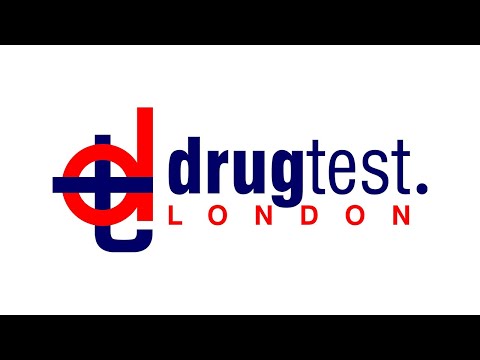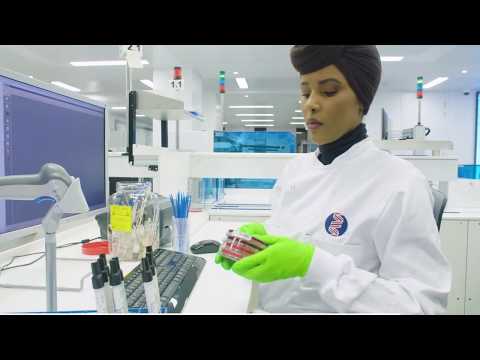Confidentiality Assured
All results are strictly confidential and cannot be shared with any third party without the client's permission.
Quick Results
Most negative results are available within 2 working days.
Accurate & Reliable
All tests are processed by UKAS accredited The Doctors Laboratory.
What our customers say
Testimonials
"Professionalism and Speed"
- Paul D.
Easy to use booking system and good service at 76 Wimpole st"
- Barry B.
The Staff are friendly and accommodating. Fast transaction and result too.
- Dustin L.
FAQ
Can I pay at Patient Reception when I attend for the test?
Unfortunately not. Payment should be made online before you attend for your test through our secure platform. We've tried to make this as easy as online shopping.
Do I need an appointment?
Only the Chain of Custody Test needs an appointment. All other tests can be done any time during Patient Reception opening hours on a walk-in basis once the test has been paid for online.
Patient Reception Opening Hours:
- Mon-Fri: 7am-7pm
- Sat: 7am-1pm
Can I get results the same day?
Negative drug tests can be reported after 1-2 days depending on demand. It is rare to get results the same day. Check the Product Description for results timings. Results are sent by email.
Do you accept copies of IDs?
Unfortunately not. Please bring an ORIGINAL photo ID with you at the time of your test. A driving license or passport works well. This ensures that your results will be accepted by a 3rd party.
Patient Reception
The Doctors Laboratory
76 Wimpole Street,
London. W1G 9RT.
Mon-Fri: 7AM-7PM
Sat: 7AM-1PM
Sun: Closed
Recommended for You
- Choosing a selection results in a full page refresh.










